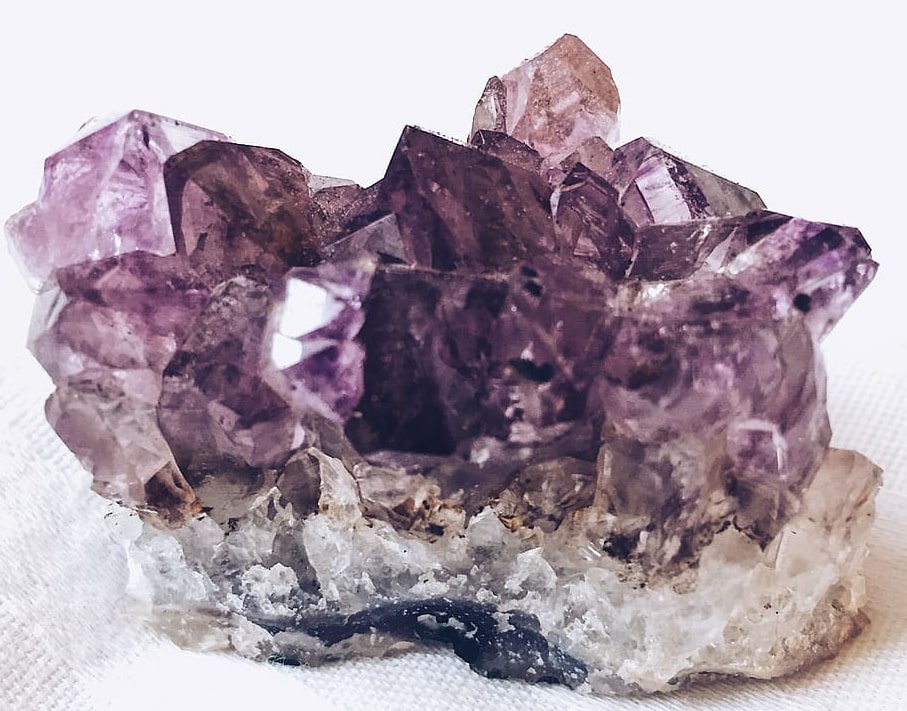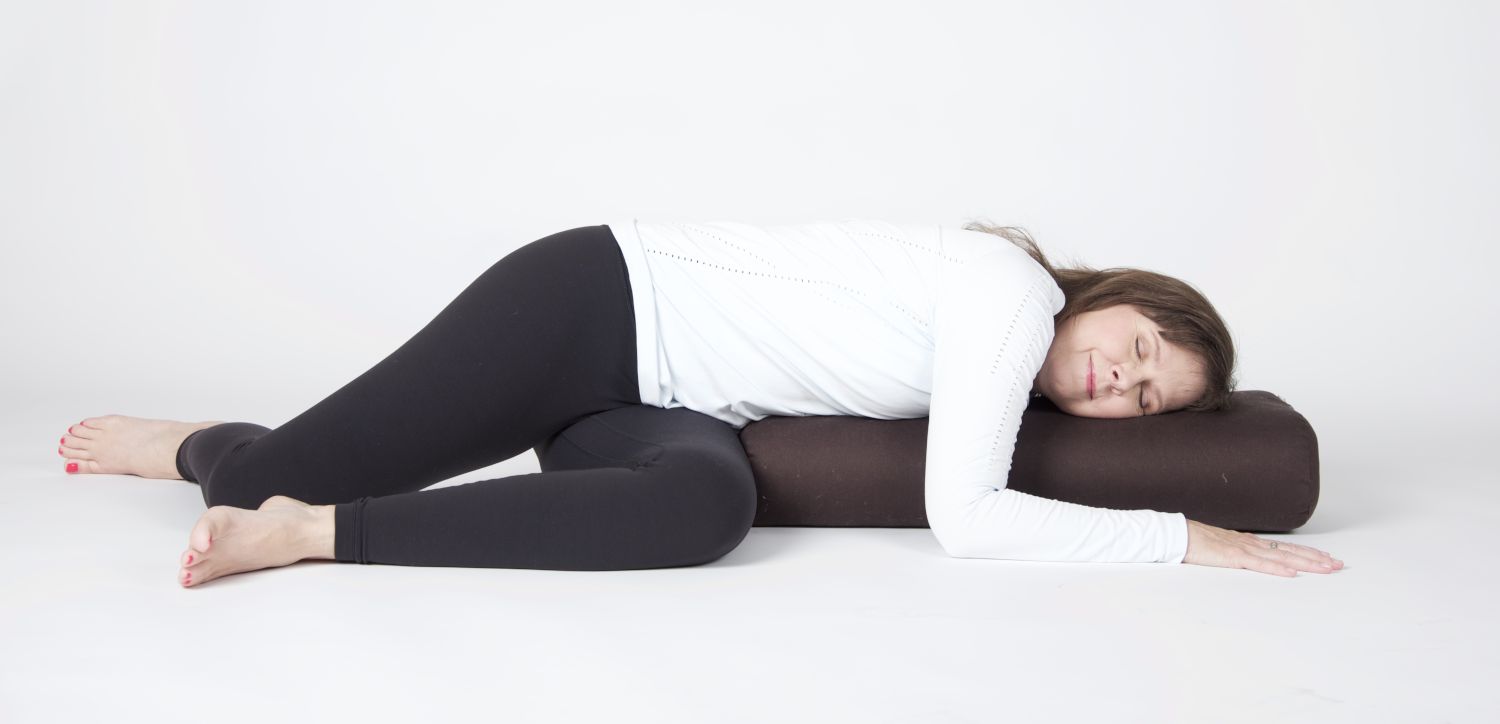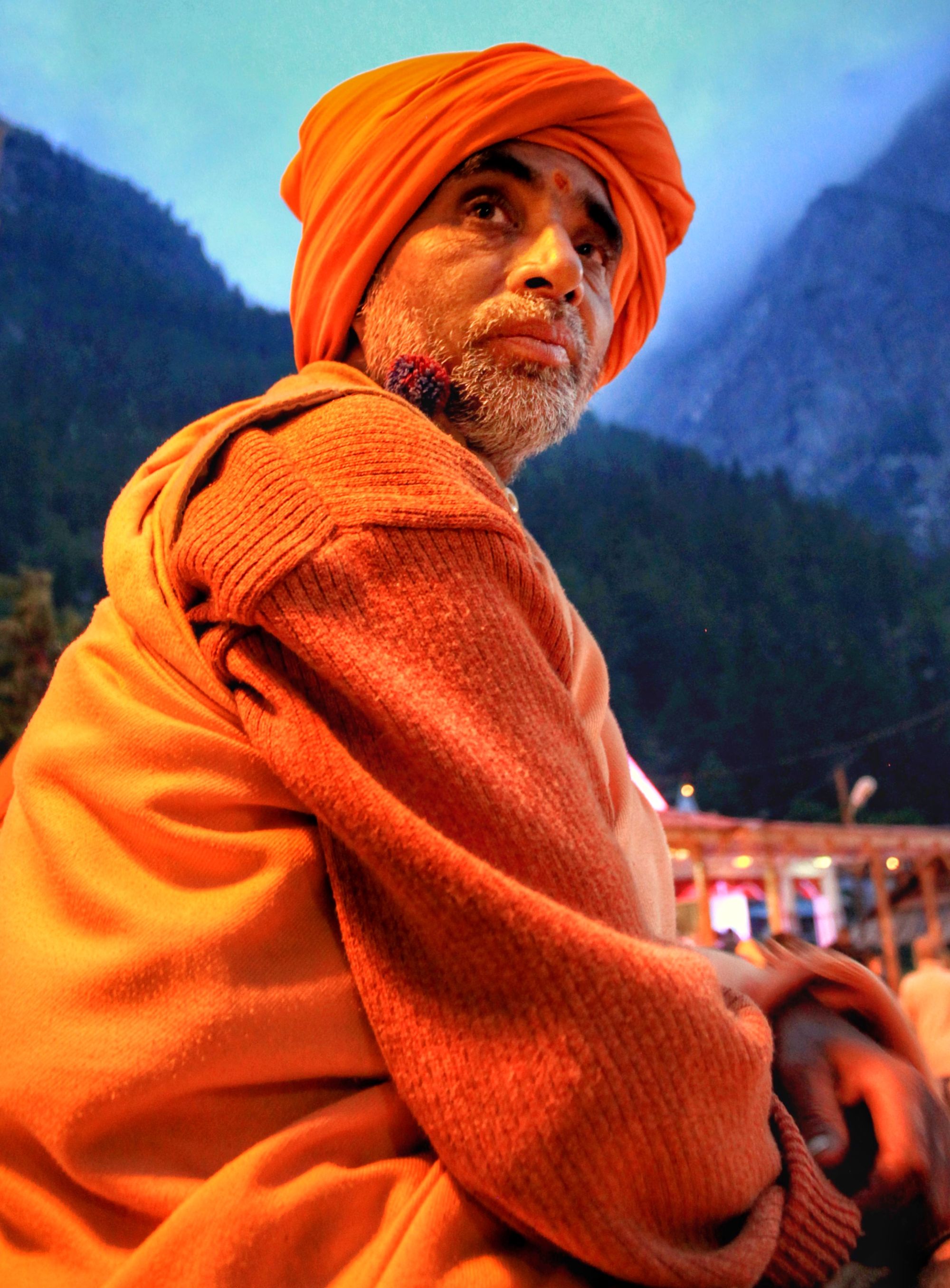If you were to look at a Venn diagram breaking down the similarities and differences between yoga and cycling, you might be surprised at how much can fill that middle space. At face value, yoga and sports seem mostly complimentary. One benefits the other, creating a yin/yang image or a balanced scale to develop a comprehensive, strong, and balanced body and mind. But there are many elements that live in the intersection of yoga and cycling which, when brought to our attention, enhance both experiences.
To the same extent that we ask ourselves to find tadasana (mountain pose) in yoga postures, we could and should do the same on the bike. Utilizing bandhas (body locks) in our yoga practice also makes energetic sense on a bike. Yoga and cycling offer an opportunity to meditate while moving, and they both rely on breath as a critical component for obvious reasons. And then there’s that subtle but so important duality between our individual participation and the group experience, where our efforts come together in community. Other physical activities, like swimming, running, boating, and even team sports, are not only complimentary to a yoga practice but also share many aspects of the practice.
Jenn Prugh and Noell Clark investigate tadasana by imagining the stacking of domes in the body, starting at the inner arch of the feet up to the pelvic floor, to the upper rim of the pelvis, then the ribcage, the roof of the mouth, and crown of the head. We imagine a dome in each of these areas, one stacked on another, and we work to maintain the stacking, even when we move our bodies out of a vertical frame. This allows us to maintain length for a smooth flow of prana (life force). On the bike, although we hinge at the waist, we can find more freedom in the breath and more efficient energy if we keep this sense of tadasana from the rim of the pelvis through the crown of the head. The back of the neck, a critical area of fatigue, is more supported with the shape of tadasana in mind. By utilizing muscles along the inner line of the legs, we integrate and conserve our energy, finding ease with strength. Power is also more easily transferred to the legs when we think about tadasana, both in a standing warrior pose and on the bike.
When we refer to the bandhas in yoga, we are addressing small muscles in the body that, when intentionally perceived or felt (“locked”), impact how the entire body experiences a shape or a condition; they are the points where we harness energy. Generally speaking, they live in the middle of our bodies, around the pelvic area, belly, and throat. They are points that divide the upper from the lower, points from which we ground and lift, draw in and expand outward. In virabhadrasana I or II, you may, at one time, have been asked to press through the outer edges of the feet, even energetically pull the feet toward each other, drawing energy into the center of the body. We identify the bandhas here in the pelvic floor and abdomen by pulling the belly button to the spine, which in turn creates a lightness in the upper body, the torso lifting straight up from the pelvis. Huge relief can be felt in the shoulders when this happens. The actions in the warrior poses are not unlike climbing on a bike. While pedaling up a hill, it can be tempting to dump the whole upper body into the handlebars and pump like crazy. But, if we engage the bandhas, then we pull energy (which feels like airy weight) up from the lower body and extend it through the crown of the head. Similar to what we do in the yoga postures, we can ask ourselves on the bike: how can I make this more easeful? Even when the grade is steep, what can I do to bring ease to the effort? Bandhas help!
There are many forms of meditation that yogis practice. One is a moving meditation. What happens on the bike is not unlike what happens when we practice asana on the mat. We might be invited by teachers to consider words or thoughts planted as little seeds, directing our focus away from the physical body. Or, we might focus on visualizing the shapes we are making with our bodies, tuning out all other thoughts. My favorite technique for meditative focus on the bike is to sing a mantra to myself; my body falls into rhythmic form in time to “Om Mani Padme Hum,” or “the seasons, they go round and round!” I love rides on which I get lost in the flow of the movement or a song in my head. If we have the luxury of riding outdoors, we can listen to the music nature makes through the songs of cicadas, birds, and wind. When we pay attention to those sounds, our thoughts take a back seat, even for a moment. And particularly these days, this form of meditation allows me to be fully present, not dwelling on some fictitious future that has been filling my thoughts lately.
An invaluable tool the yoga practice has given me is to recognize the subtleties of my body as messengers. We often spend time in class scanning the body’s reaction to the shapes we are making on the mat. This spring, while training for a long virtual charity ride in June, we ventured off for a morning training ride. We were prepared; we packed PB&J sandwiches and lots of drinks, and had slept well. While it was “big,” it was not monumental for us. Early in the ride, I felt wiped out and lacked the energy to push myself through wind or up hills. At first, I felt disappointed and frustrated but quickly realized that what I was feeling was an overall exhaustion caused by current circumstances way beyond the bike ride. My body’s reaction to the hills and the conditions was a reflection of the fact that I was plain tired: my brain and my heart were tired from work, from family, from quarantine, from the social unrest. Movement is an invaluable tool for us to scan and observe what our bodies are doing and feeling, as well as consider how they might be a reflection of something greater happening in our lives. Every time I come to the mat or to my bike, the experience is different – no matter how much of the road, the gear, or the preparation is the same. Accepting these differences and subtleties keeps us more balanced and prepared for the unknown.
This body scan can be done with the breath as well. In many yoga classes, we begin by coming to our breath, as if we have disconnected from it prior to class. We reconnect with it not only as the life force that supports our physical practice but also as a tool to recognize balanced energy. We watch the breath and its texture to note imbalances or steadiness. I remember to breathe when I am nervous about a ride, exerting energy on a hill climb, steadily pumping on a flat surface, or being heavily encouraged by a trainer. When I am tired or anxious, my breath gets shallow and I scramble for air. I remind myself that a slower, deeper ribcage/belly breath will calm the nervous system and give my activity more longevity – a gift from my lungs.
Not only is the breath a powerful scanner, but it can also be a cooling agent, a provider of energy, a calming balm. On hot days, Bridget Puchalsky reminds me to use the sitali breath, in which I curl my tongue or whistle on the exhale, out through my mouth. When I cannot escape the sun’s heat or the heat generated by body movement, this breath is a life-saver.
I ride alone a lot these days. I practice yoga alone a lot these days. The characteristics they share have helped me maintain staying power in both activities, but the energy and joy that comes from a joint experience is immeasurable. While cycling can be a solitary activity and certainly not lonely when experienced outdoors, the group experience supports a bond of healthy friendships, healthy bodies, and camaraderie. I ride with friends to share the vigor of being outdoors, to chat, to see beauty together. I practice yoga with others to share the common good of being grounded, finding the middle way, and recognizing that we are not alone.
I often think about my yoga practice while I’m on my bike, and I have similar experiences in yoga classes, imagining myself climbing a steep hill when holding a challenging posture. For fun, I have generated a list of shared experiences between cycling and yoga:
- Flat ride at a steady pace = vinyasa linking postures to postures and moving with breath
- Hilly ride = long holds in postures, like Tapas Yoga
- Rolling hills = yoga flow with attention to transitions
- Hyper awareness of your body while riding = Iyengar Yoga
- All downhill = breath of joy
- Sitting in cart being pulled by a cyclist = Restorative and Power Yoga, respectively
Nothing is permanent, whether we come to our bike every day, come to the mat every day, or adjust to new habits of living. We accept the fact of impermanence, which allows us to experience fully, take nothing for granted, and practice joy in all circumstances. The middle way, which lives in the intersection of the Venn Diagram, can serve us all – whether we are on a bike or on the mat.













